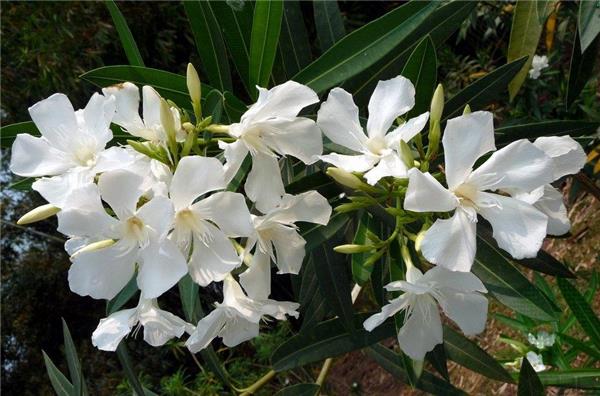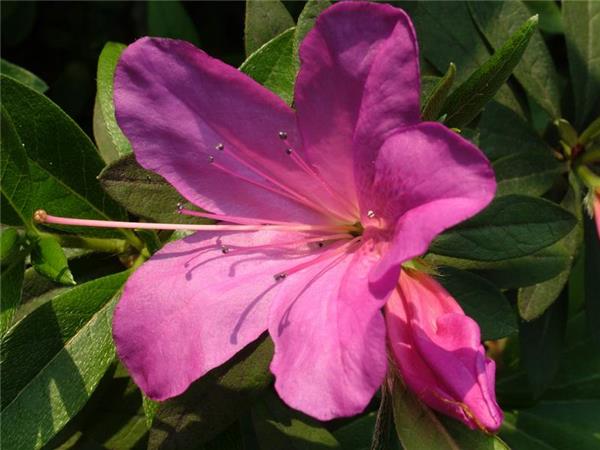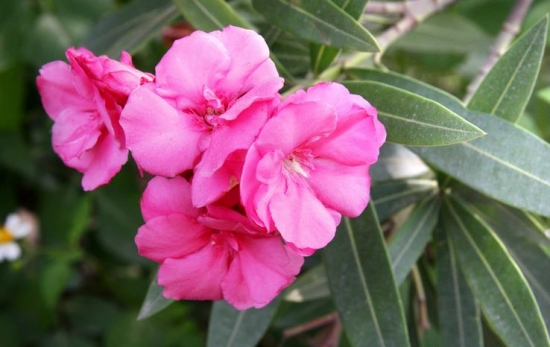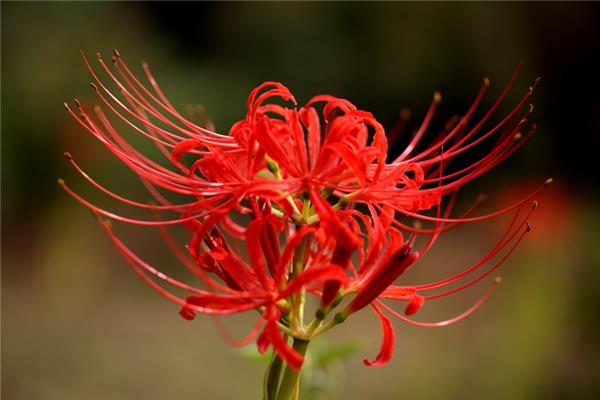Which plants are poisonous?
There are as many creatures as stars in nature, so it is nothing new that some plants are poisonous. Some people say that poisonous plants can not be raised in the family, in fact, some poisonous plants have high ornamental value, family breeding as long as pay attention to preventive measures, prevention can be done.
Let's get to know some poisonous plants.

White snake root grass: scientific name "Eupatorium rugosum". Drinking milk from cows that once ate white snake root grass can cause a fatal "milk disease" from which Nancy Hicks, the mother of former US President Lincoln, died. White snake root grass is a perennial plant, and every part of it contains Perrin toxin (also known as "white snake root toxin"). This is an unsaturated alcohol that can cause muscle tremors and eventually death in livestock.
Digitalis: also known as digitalis, its leaves can be used commercially and are the raw material of Digitalis, a drug for the treatment of heart disease. Eating any part of it by mistake will lead to nausea, vomiting, abdominal cramps, diarrhea, oral pain, and even abnormal heartbeat. Doctors will use methods such as gastric lavage to promote detoxification and stabilize the heart by taking drugs.
It is followed by headaches, muscle weakness, blurred vision and so on.

Boat-shaped aconitum: purple flowers, usually living in the backyard garden. They contain toxic aconitine alkaloids that can cause asphyxiation. Although it is a joke to "entertain" guests with stewed boat-shaped aconitum, Stewart strongly advises people to wear gloves when pruning the plant in the garden to avoid poisoning.
Candle: alias fire crane flower, red crane taro, its leaves and branches are strange shape, stamens around the Buddha bud, they are all poisonous. Once eaten by mistake, there will be burning and pain in the mouth, followed by swelling and blistering, a hoarse and tense voice, and difficulty swallowing. Most symptoms will diminish over time and disappear. If you want to relieve the pain, you can choose cool liquids, painkillers, or foods with licorice and flaxseed.
Angel's horn: the scientific name Brugmansia is the scary guy in the plant kingdom who is most likely to turn people into zombies. This plant produces beautiful, drooping trumpet flowers, native to South America and contains a range of powerful toxins, belladonna, fairy amine and anisodamine.
Mimosa: the body contains mimosa, too much contact will cause hair loss, sparse eyebrows.
Oleander: oleander is found in branches, leaves and bark. Accidentally eating a few grams of dry matter can cause poisoning.

Single tree: is a succulent plant, its stem broken after the flow of white juice can make the skin red and swollen, mistakenly into the eyes can cause blindness.
Five-colored plum: flowers and leaves are poisonous. Eating them by mistake can cause diarrhea and fever.
Tiger thorn plum, overlord whip: the white milk in the stem is poisonous and cannot be seen.
Mosaic evergreen: flowers and leaves contain oxalic acid and asparin, which will straighten the mouth, throat, esophagus, gastrointestinal swelling and pain, and even damage the vocal cords, making people dumb.
Cactus plants: thorns contain poison, the human body is easy to lead to straight skin redness, swelling, pain, itching and other allergic symptoms.
Poinsettia: the whole plant is poisonous, white juice can stimulate skin redness and swelling, and there is a risk of poisoning and death after eating stems and leaves by mistake.
Tulips: flowers contain poison, which can make people feel dizzy and lose their hair if they come into contact with them for too long.
Lycoris radiata: bulbs contain toxic substances such as Lycoris radiata. People's skin will cause redness, swelling and itching after contact with Lycoris. Inhalation of Lycoris can cause epistaxis, vomiting, diarrhea, chills in hands and feet, shock and, in severe cases, death due to central nervous system paralysis.

Of course, not all poisonous plants cannot be farmed, but in the process of breeding, especially in indoor breeding, protective measures must be taken to avoid the danger caused by accidental ingestion of children and the elderly.
Avoid danger caused by accidental ingestion of children and the elderly.
- Prev

Matters needing attention in the culture of flytrap how to raise flytrap
Matters needing attention in the culture of flytrap how to raise flytrap
- Next

How to effectively control diseases and insect pests in flowers and plants
How to effectively control diseases and insect pests in flowers and plants
Related
- Wuhan Hospital Iron Tree Blooming Result Was Instantly Frightened by the Gardener Master
- Which variety of camellia is the most fragrant and best? Which one do you like best?
- What is the small blue coat, the breeding methods and matters needing attention of the succulent plant
- Dormancy time and maintenance management of succulent plants during dormancy
- Minas succulent how to raise, Minas succulent plant pictures
- What are the varieties of winter succulent plants
- How to raise succulent plants in twelve rolls? let's take a look at some experience of breeding twelve rolls.
- Attention should be paid to water control for succulent plants during dormant period (winter and summer)
- Watering experience of twelve rolls of succulent plants
- Techniques for fertilizing succulent plants. An article will let you know how to fertilize succulent plants.

